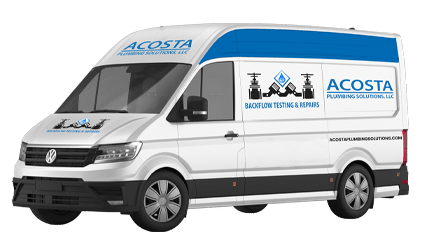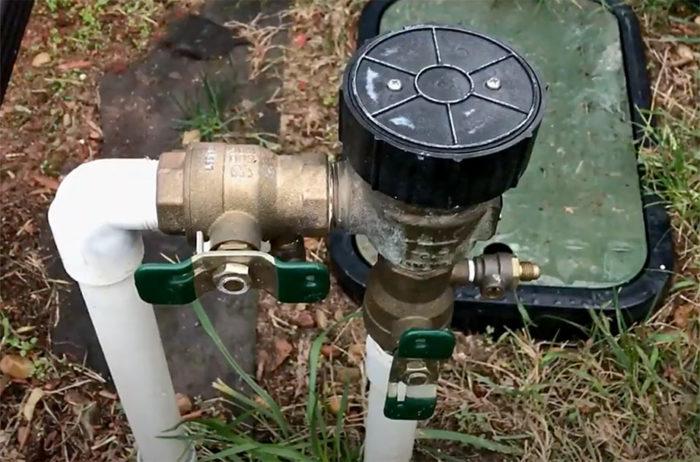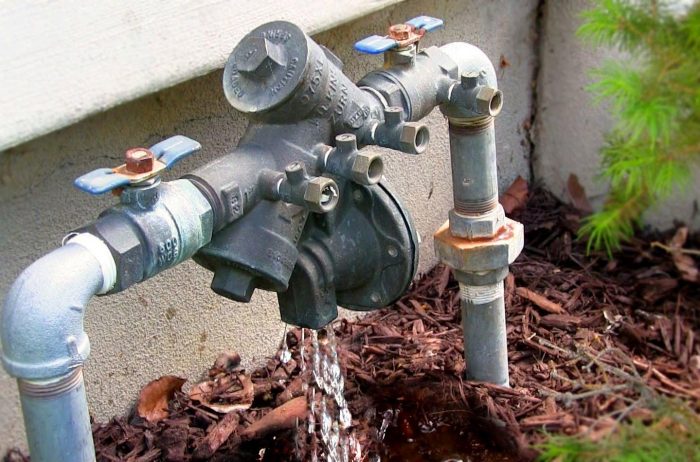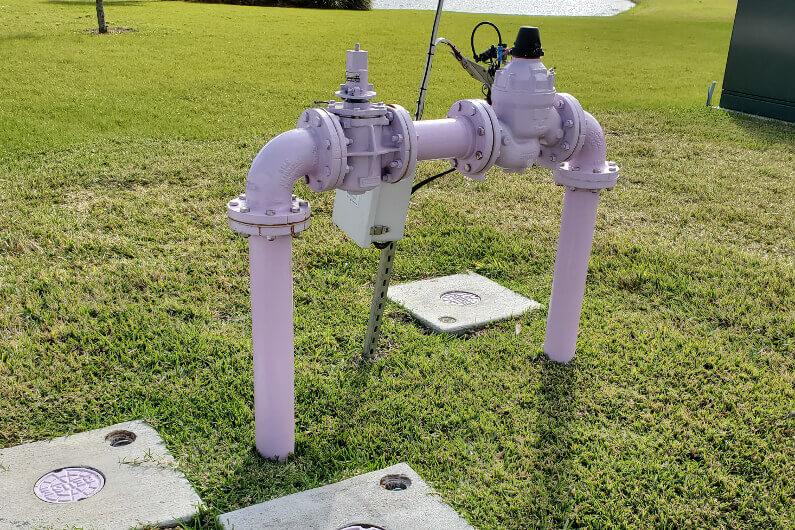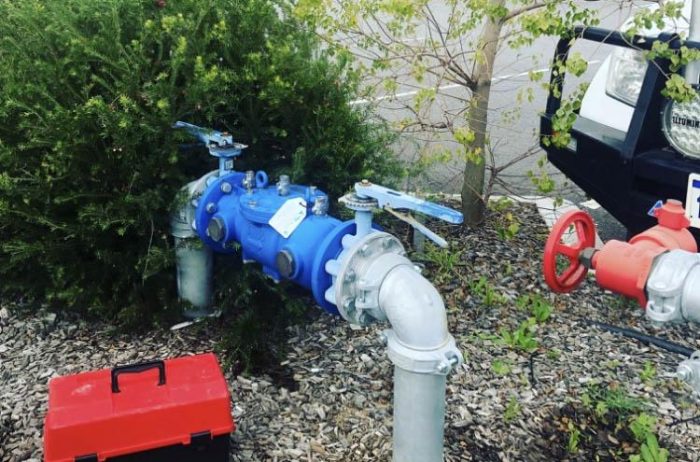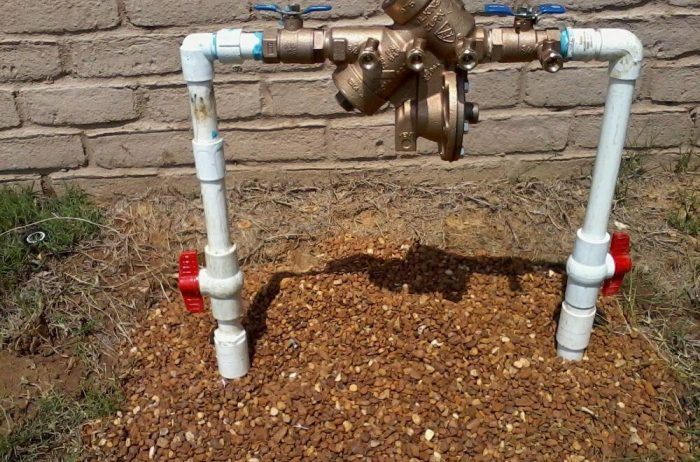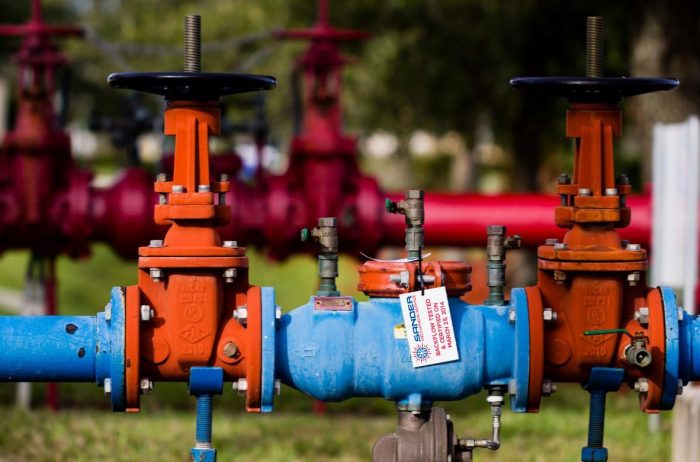What is Backflow?
What is backflow and why do I need a preventer?
Backflow is the unintended flow of untreated, polluted, or contaminated water in a reverse direction. That would be from an end user back into the water distribution system. This distribution system could be the public water supply or the plumbing in your business or home.
There are two types of backflow, back-siphonage and back-pressure.
• Back-siphonage occurs when a drop in pressure happens on the upstream side of a cross-connection. The pressure drop could be caused by firemen opening a hydrant or a water main breaking, among others.
• Back-pressure is when the pressure downstream, towards the end user, of the service connection becomes greater than that supplied. It is possible for this to happen when a pump is used to transfer fluids, a hot water heater or boiler malfunctioning or an elevated storage tank.
These examples aren’t dangerous until a “cross-connection” exist.
Backflow Preventers are a special type of control valve and have special requirements for their installation and use. If installed and maintained properly a backflow preventer assembly will prevent both types of backflow protecting your drinking water from contamination.
There are four types of approved backflow preventors
Reduced Pressure Zone Assembly: Designed to protect against both back-pressure and back-siphonage by keeping the water pressure lower than the supply water pressure. An RPZ is used to protect against high level health hazards that could cause illness or even death if the contaminate was consumed.
Pressure Vacuum Breaker: Will protect against back-siphonage only and therefore may not be used where there is any chance of back pressure. Usually installed out doors or where there are adequate drains due to its design. When pressure is applied it will spill a small amount of water as it activates.
Spill Resistant Vacuum Breaker: Very similar to the pressure vacuum breaker the SVB is designed not to spill water and therefore may be used indoors reducing the need for freeze protection.
Double Check Valve Assembly: The DCVA is the most common type of backflow preventer. Used on landscape irrigation systems it provides protection against both back-pressure and back-siphonage and is the only assembly that may be installed below the surface grade. Being installed below grade reduces the need for freeze protection in areas that are subject to very cold weather. The DCVA may only be used on systems with a low heath hazard, that is if the device fails the pollutant will not cause illness or death.
What is a cross-connection?
A cross-connection is when an unprotected source of non-potable water or other health hazard is connected to a potable water system. For example, dropping a garden hose into a barrel of weed killer and the hose doesn’t have an atmospheric vacuum breaker installed at the faucet. Cross-connections can take place just about anywhere. At a home with lawn sprinklers; a chemical plant that has a steam boiler. The combinations are endless and can be deadly. Accidental or intention cross-connections can pose a serious risk to the potable water supply. Plumbing codes, ordinances, and rules strive to prevent these dangerous conditions from occurring, with the goal of isolating and or containing the contaminants and pollutants away from potable water. During a customer service inspection, the inspector rules not only on if a cross-connection does exist but also if a potential cross-connection exist. This allows for proactive prevention of backflow events.
The “Why” of backflow prevention: Various laws, ordinances, regulations, and rules apply to backflow prevention. The Safe Drinking Water Act, a federal law, gave the EPA the mandate of enforcement. The fifty states must have laws and regulations at least as stringent and enforce them. In Texas the Texas Commission on Environmental Quality (TCEQ) enforces these laws and rules. TCEQ requires that each water purveyor will have a backflow and cross-connection program. Thus we end up here with a letter from our water supplier stating that we need to have our backflow preventer tested.
What does Acosta Plumbing Solutions do? We test backflow preventer assemblies, and sell repair parts and assemblies, repairing those that don’t pass the test-all in order to protect our public drinking water, employees, homes and families.
